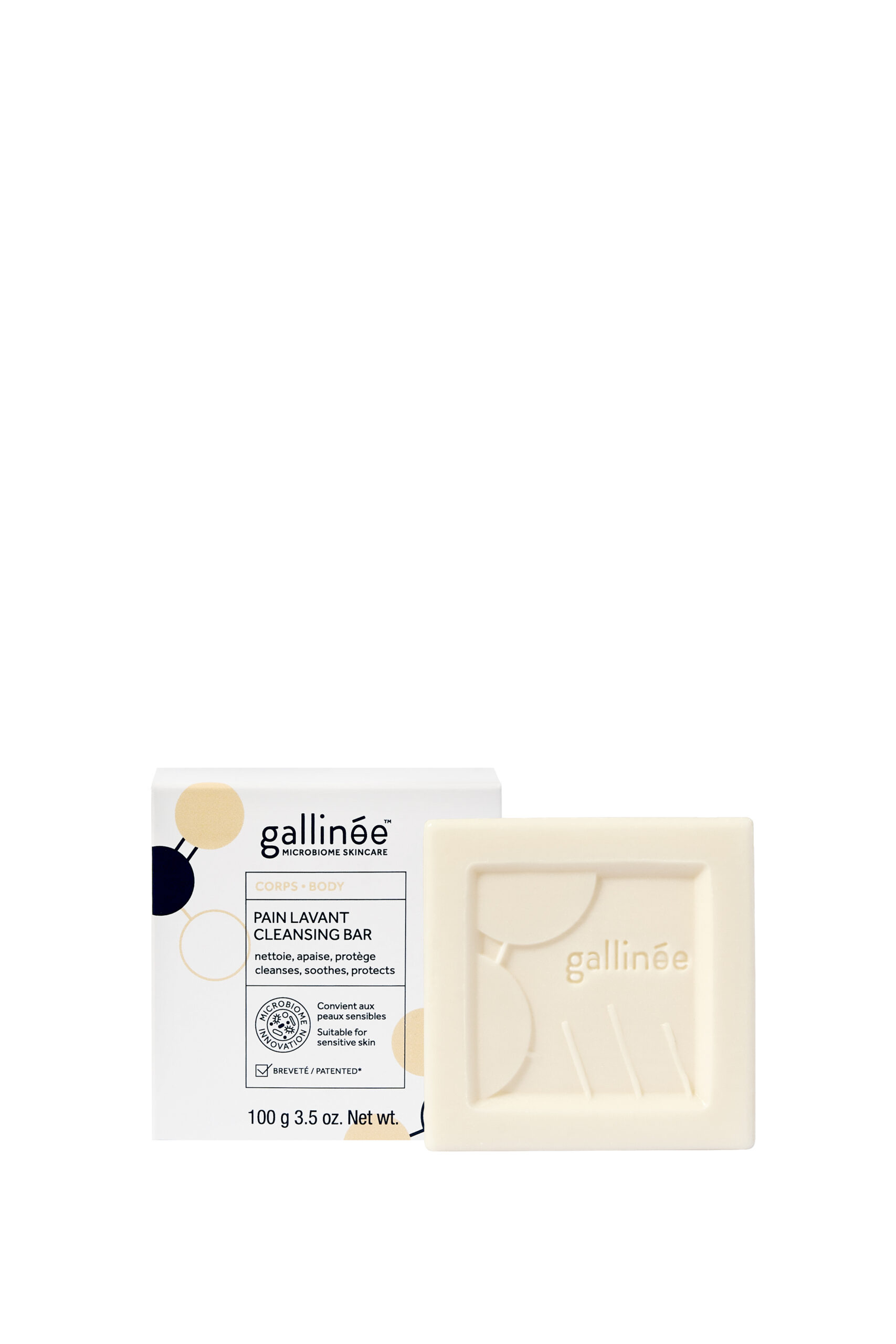You have probably heard about prebiotics, probiotics and postbiotics but without really knowing the difference.
In today’s science lesson, you need to put yourself into sheep’s shoes, ready? Let’s go!
Imagine that you are a bacterium … or a sheep, and enter into the world of pre, pro and postbiotics. Eating fresh grass, having a flock of sheep buddies, and living in a big pleasant meadow, that’s what we’re all looking for. Well, for bacteria, it’s exactly the same.
Regarding feeding, grass pastures all around you bring all the necessary minerals and nutrients you need. Food for bacteria? These are prebiotics.
But it’s not very fun to live all by yourself. So, you prefer to share the feast with all your family! Sometimes even you invite your neighbours, cows and marmots, the more, the merrier. Well, bacteria don’t like feasting alone either. That’s where the probiotics come in. “Probiotics? These are simply the bacteria themselves.
Now, you just need to find an environment where you can have fun and rest. The term “pleasant environment” is subjective, and differs according to everyone. (The sheep are not complicated, green grass, and a nice enclosure to sleep in peace at night.) The important thing is to know what tools to use to create your own ideal environment. For bacteria, these tools are postbiotics.
Following this immersion into sheep’s shoes, let’s go back into bacteria’s world.
Prebiotics are usually fibers extracted from fruits, vegetables, and honey. Bacteria use it as food (#healthylife) and digest it with enzymes.
Enzymes? They can be related to the human digestive system. They allow to cut fibers into very small pieces and to transform them into energy in order to reproduce for example.
But it should be underlined that all bacteria don’t eat the same things! Indeed, they don’t all have the same types of enzymes and therefore can’t metabolize all prebiotics.
Let’s take the example of Lactobacillus:
Ethymology: “Lacto” for milk: these bacteria transform sugars into lactic acid. “Bacillus” for sticks, because they look like sticks when they are observed microscopically. These bacteria use certain types of carbohydrates (fibers) that can be transformed into lactic acid in order to extract the energy needed to survive.
The interest is to bring to our skin the good prebiotics in order to help our good bacteria already present to eat correctly and to develop.
Probiotics are bacteria, sometimes deactivated. They can be the same as good bacteria already present on our body, or not. Their main interest is to prevent bad bacteria from colonizing our different floras.
Deactivated bacteria? Absolutely, and by the heat! It’s a bit like a fresh apricot and … apricot jam. Regarding the taste, in both cases, our taste buds are sensitive. Regarding the conservation, the jam can be stored several months without problem in the pantry. It is the same thing for bacteria: despite the fact that they are deactivated, their different bacterial components are always present and still interact with our human cells, as if they were communicating.
Postbiotics are molecules produced by good bacteria. These substances maintain a good environment for bacteria. Lactic acid, from Lactobacillus, helps maintain the acidic pH of the skin.
Scientific researches focus on the different types of prebiotics and postbiotics that can be used on human skin to maintain our bacterial ecosystem that takes care of itself.
“It is by miming nature that we will be simple and efficient”. This is our new motto at Gallinée!
See you in two weeks for the next scientific lesson, but always with fun! Until then, take care of your sheep.
Elo & Mathilde, in pastoral mood.





















